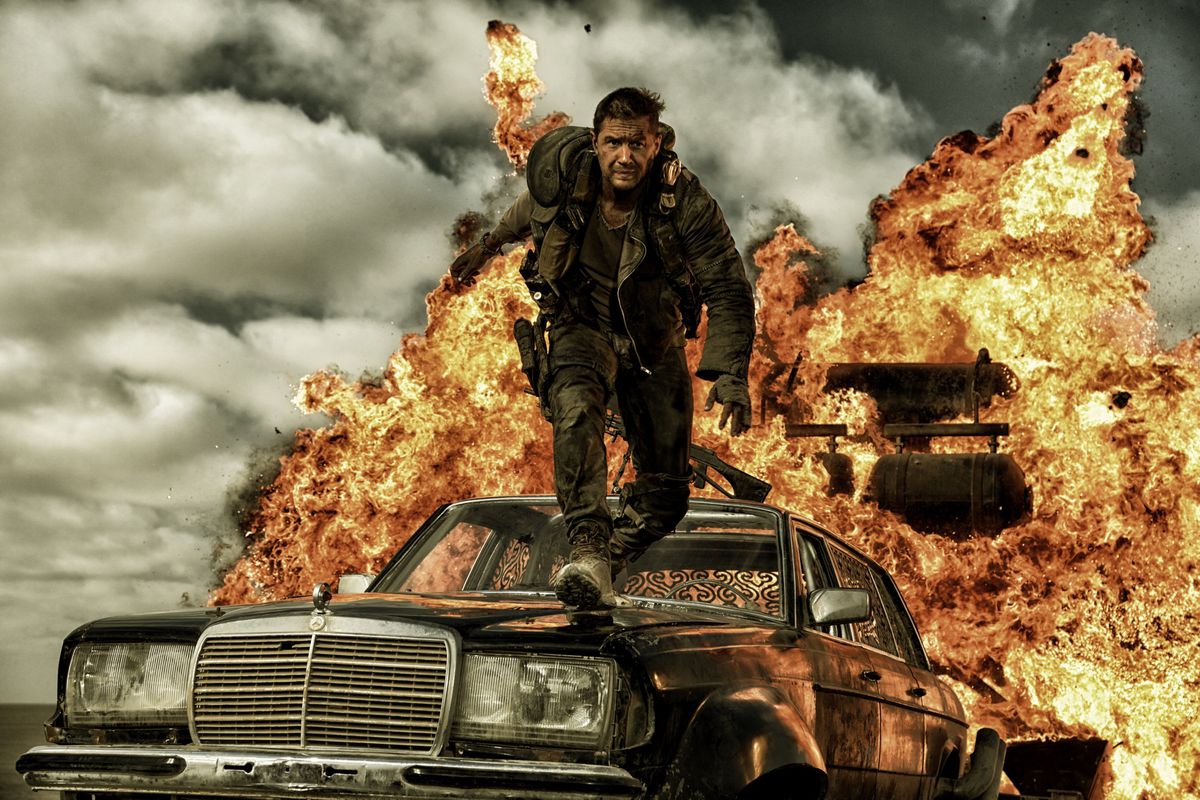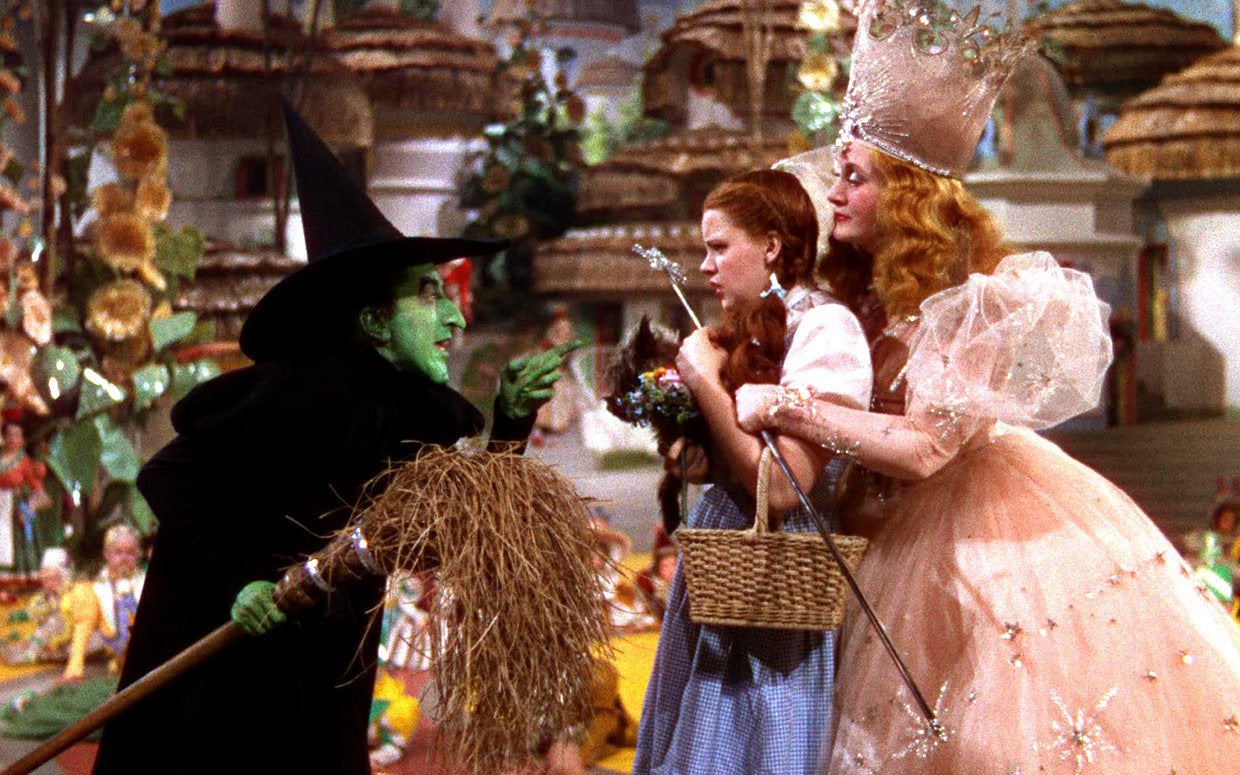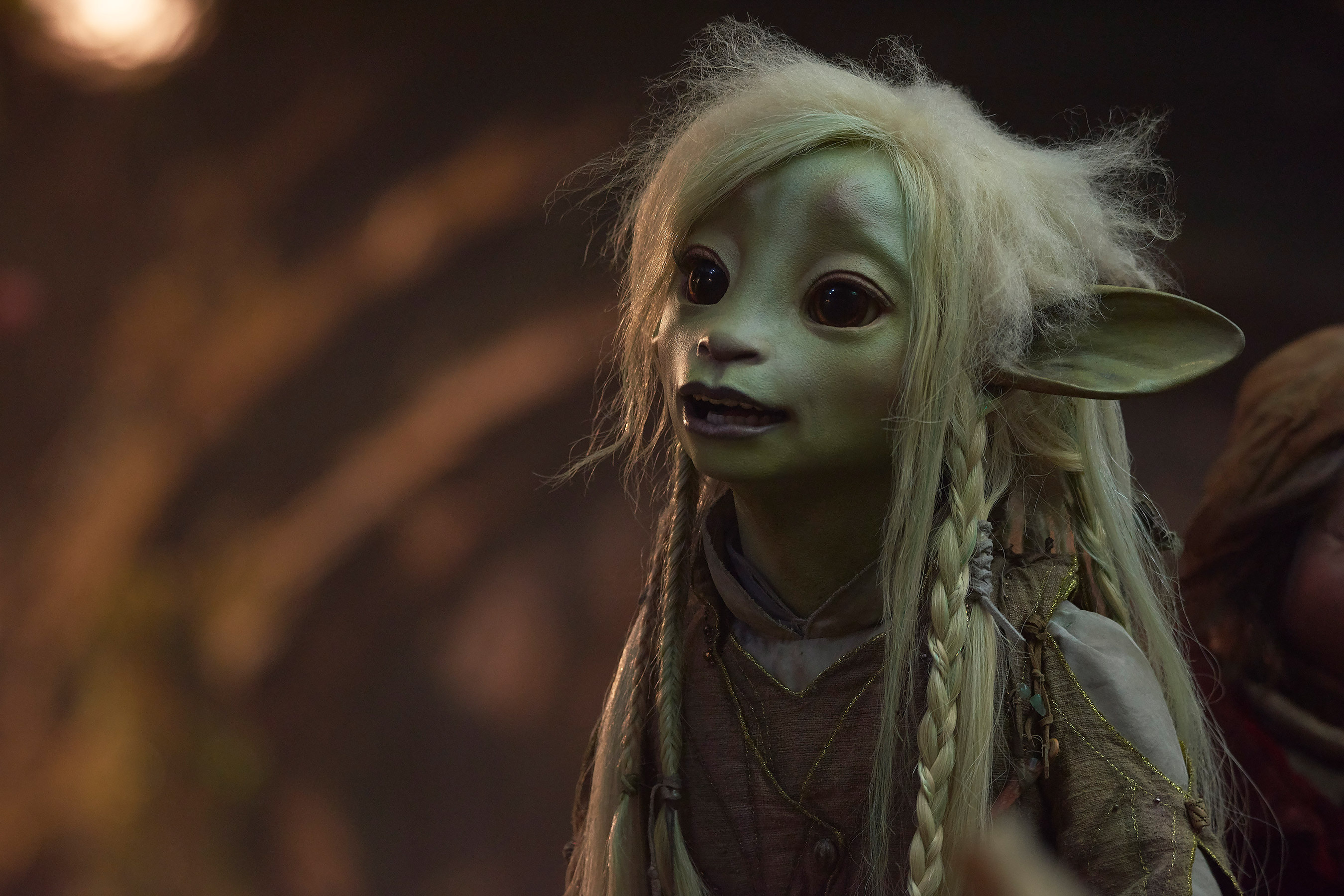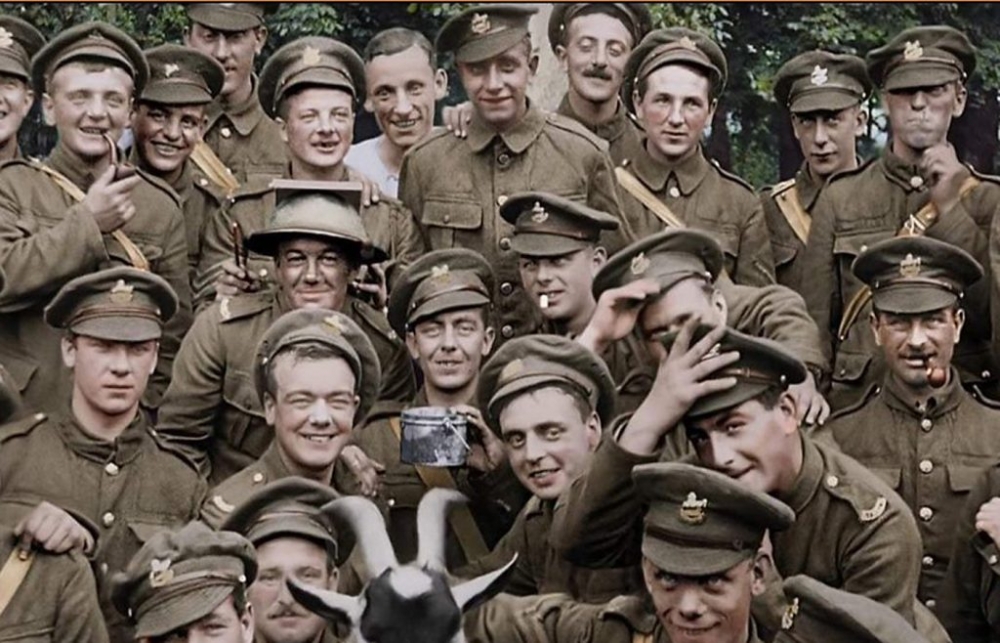Movie Magic
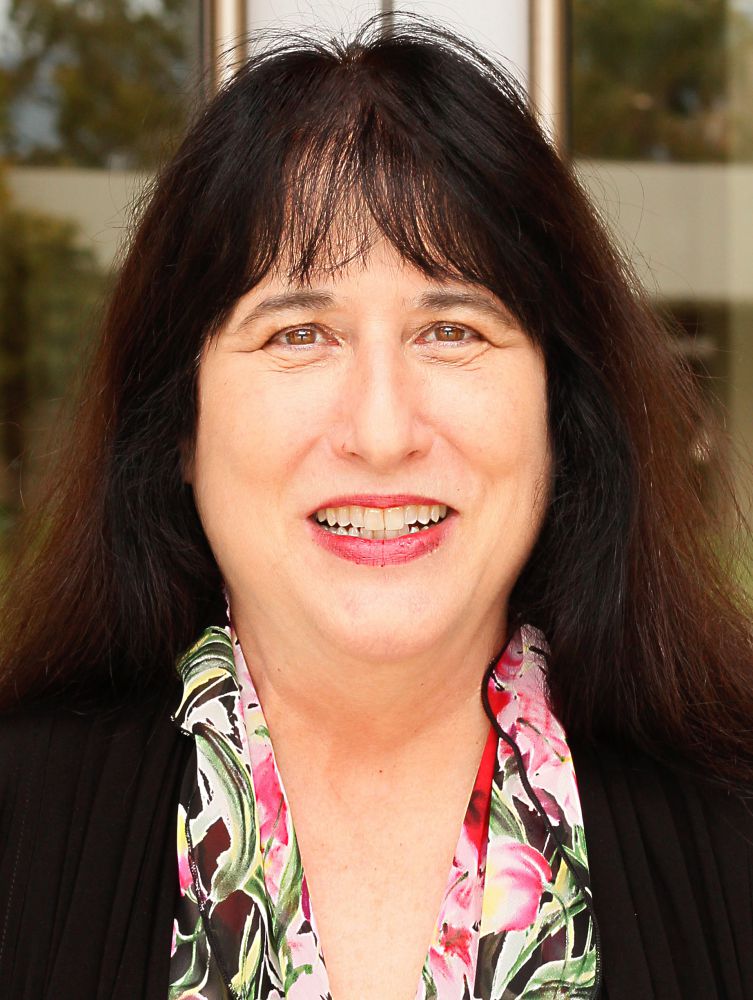
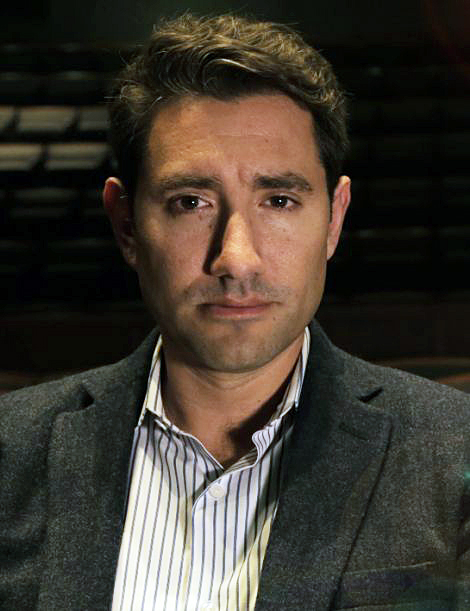
For most moviegoers, the term “special effects” conjures up images of monsters or space aliens defying the laws of nature. But the concept far predates the era of computer-generated imagery. When the creators of “The Wizard of Oz” used fabric to create the tornado that whisked Dorothy and Toto clear out of Kansas, that was a special effect.
For its fall film series, UC Santa Barbara’s Carsey-Wolf Center is exploring the wide range of techniques that fall under that umbrella term. In six programs at the Pollock Theater beginning Oct. 1, the series will demonstrate how dazzling imagery can drive drama and provide memorable moments of visual storytelling.
“We’re trying to take the long view,” said Patrice Petro, Dick Wolf Director of the Carsey-Wolf Center and holder of the Presidential Chair in Media Studies. “Special effects did not begin with digital technology. Thinking about how technology can create alternative worlds — as well as capture this world — has been both a challenge and an opportunity for filmmakers since the beginning.”
“One of the goals for these events at the Pollock is to expand our understanding of special effects, or at least to reconsider how we think about the concept,” agreed Hannah Garibaldi, a Ph.D. candidate in the film and media studies program. She will lead a question-and-answer session with University of Wisconsin film scholar Jocelyn Szczepaniak-Gillece following the Oct. 5 screening of the aforementioned Judy Garland classic.
Each program will focus on a different variety of special effects. For example, an episode of the new Netflix series “The Dark Crystal: Age of Resistance,” a prequel to the 1982 Jim Henson classic, will demonstrate the power of puppetry. After the Oct. 10 screening, director Louis Leterrier will discuss his education in that ancient art.
The Dec. 5 screening of Tim Burton’s “Beetlejuice” will be followed by a Q&A session with the film’s makeup artist, Ve Neill. And a just-added Nov. 14 program will feature an episode of the acclaimed Netflix series “Russian Doll,” followed by a talk with the series’ production designer, Michael Bricker.
“We’re going to talk about production design as a special effect — how surprises in the apartment that hosts the character’s birthday party draw the viewers deeper in the story, and provide clues to the surreal logic of the show,” Petro said.
The series kicks off Oct. 1 with “Mad Max: Fury Road,” the critically acclaimed post-apocalyptic action epic. Petro, who will discuss the film afterwards with UC Berkeley film scholar Kristen Whissel, noted that George Miller’s 2015 film utilizes CGI effects, but alongside more low-tech approaches including sophisticated stunt work. “It’s a film that really prides itself on its craft,” she said.
While the same can be said for “The Wizard of Oz,” perhaps its most striking visual moment is also the simplest: The switch from black-and-white to color when Dorothy lands in Oz. “When color first came in, people associated it with fantasy,” Petro said. “In 1939, most people saw films in black and white. So Kansas, the ‘real world,’ is in black and white, while Oz, the fantasy world, is in color.”
There is a similarly startling moment 25 minutes into “They Shall Not Grow Old,” Peter Jackson’s 2018 documentary that offers a soldier’s-level view of World War I. Jackson and his crew utilized 100-year-old documentary footage, which is synchronized with audio of veterans describing their wartime experiences. He, too, begins his film in black and white before switching to colorized imagery.
“This whole movie is kind of a special effect,” said Ross Melnick, associate professor of film and media studies. “Jackson didn’t want to recreate the experience of watching this silent footage, some of which was screened in theaters during the war. He wanted to make it look more contemporary by using a wide range of visual and aural tools. Doing that is a kind of special effect.”
Among other techniques, “He cropped the frame from an almost-square to a wide-screen format, lopping off the top and bottom,” said Melnick, who will interview Elliot Travers, the film’s assistant editor, after the Nov. 20 screening. “That in and of itself results in a lot more close-ups. By focusing in on specific faces, he creates an intimacy with the soldiers that you don’t necessarily have with the original footage.”
Besides the colorization, which Jackson based on careful period research, he used computer technology to smooth out the imagery by adding frames. Sound effects were utilized to recreate everything from the boom of cannons to the squish-squish-squish of walking through mud.
That’s a lot more subtle than, say, creating a giant mutant death pirate for superheroes to battle. But it helps the film pack an enormous emotional punch.
“Our hope,” Petro concluded, “is that people will come away realizing there are other ways to think about special effects.”
All screenings are free, but reservations are recommended. More information can be found at https://www.carseywolf.ucsb.edu/pollock/upcoming/.
